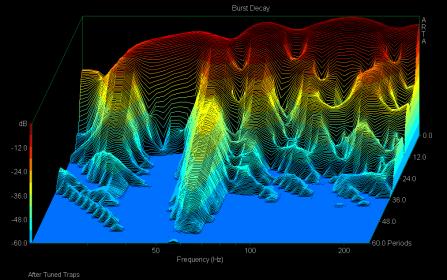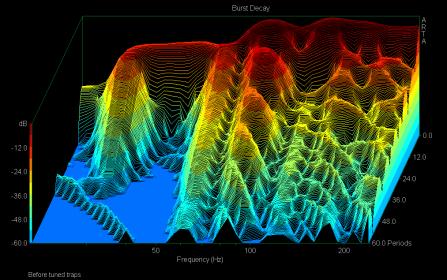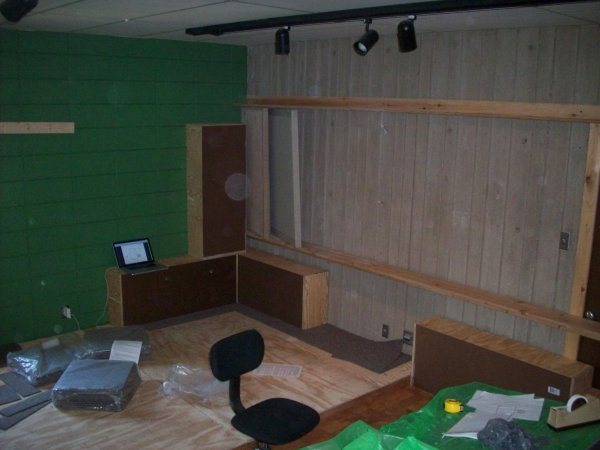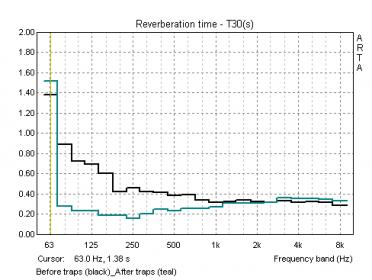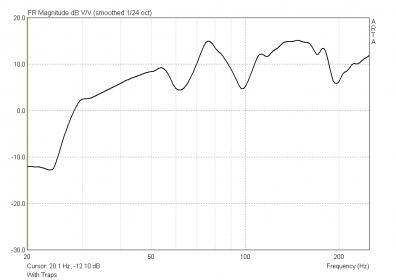Bob,
As you summarized I will express my disagreement answering to your post.

IMHO, this type of ranking is meaningless, and when expressed in three lines without comments somewhat bizarre.
In order to listen to music I choose a type of sound reproduction that maximizes my pleasantness and preferences, better enjoying the recordings. Focusing my main interest in both LPs or CDs I looked for source equipment that I really appreciated. In order to maximize the compatibility, I choose then the reminder of my electronics system and only after that I have chosen the speakers. Considering the quality of most current high-end speakers, I could have happily lived with any of the many speakers that entered my room. I would not say the same about all the electronics and sources I have tried.
I changed speakers recently and because of that move I am re-doing the acoustic treatment of my room.
So my order would be:
1. Source and electronics
2. Speakers and cables
3. Room
4. Everything else
All IMHO, of course!



